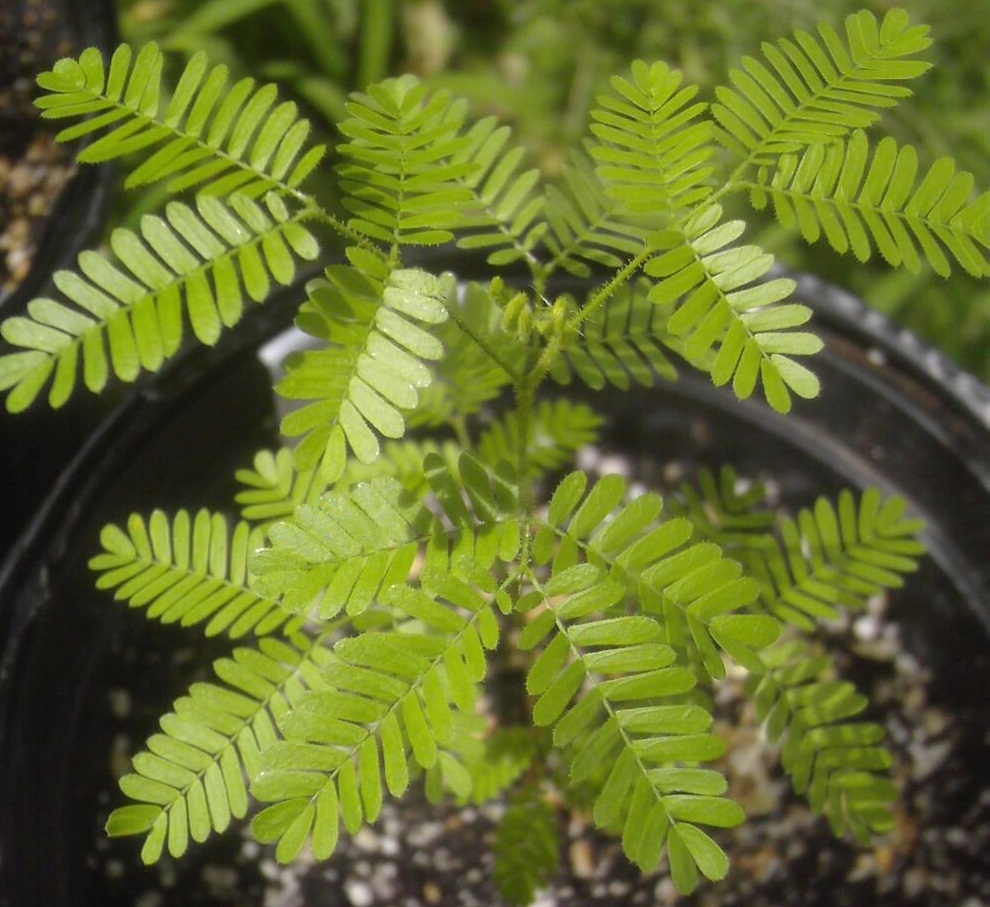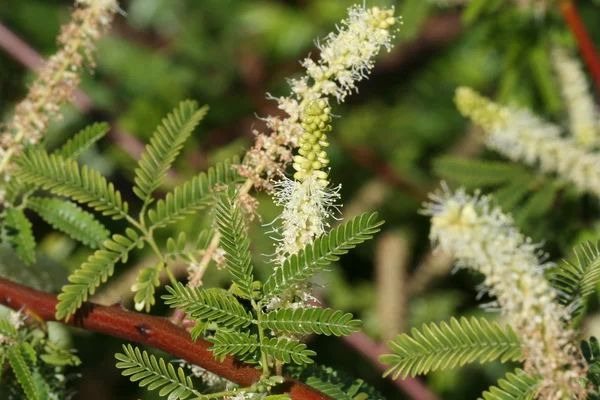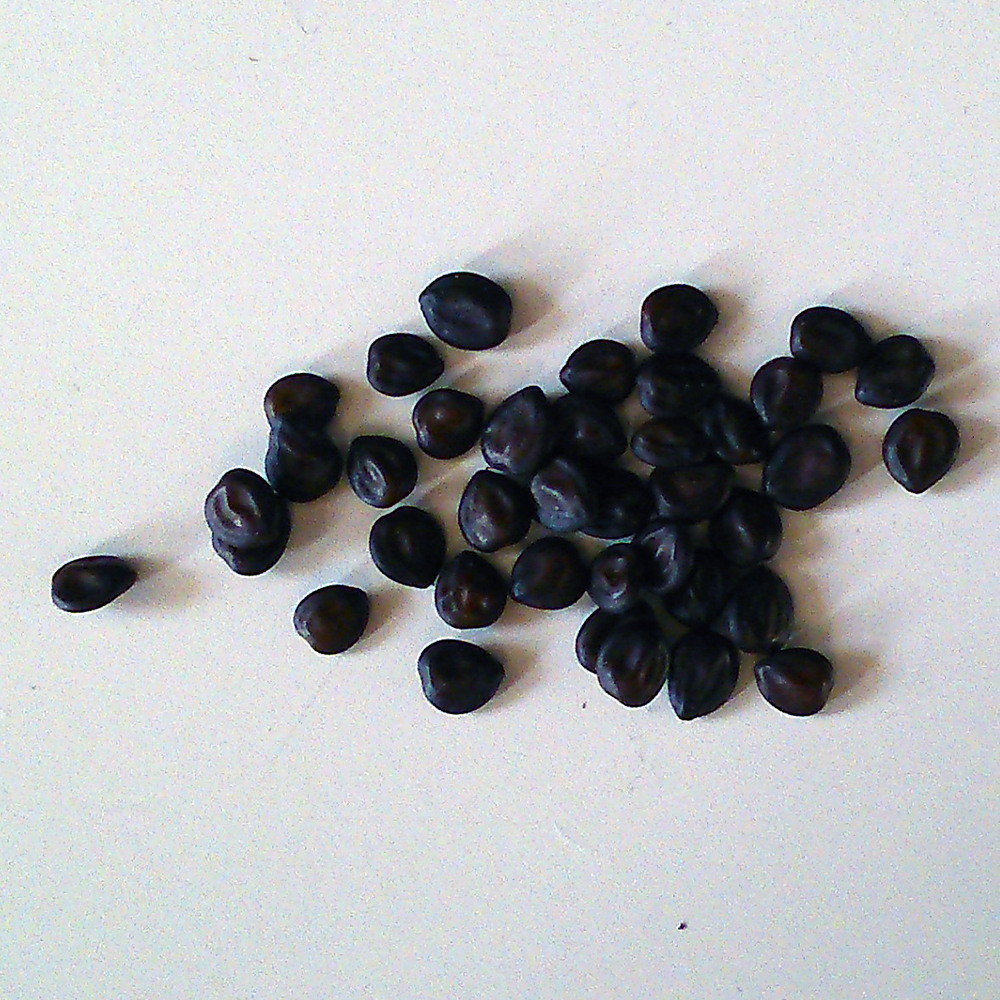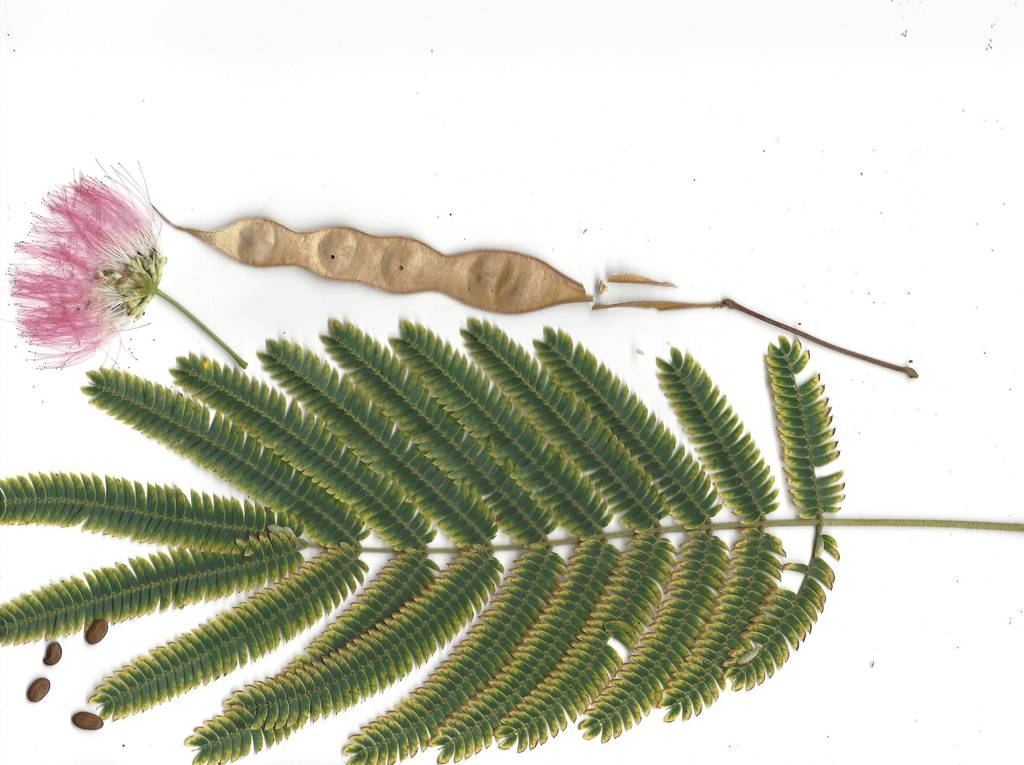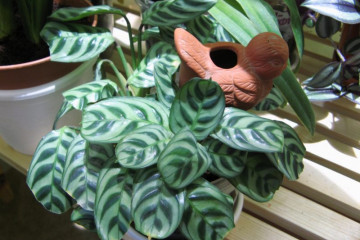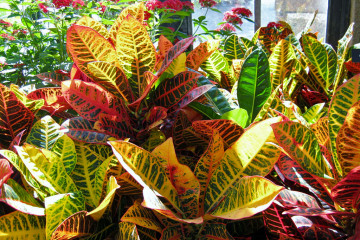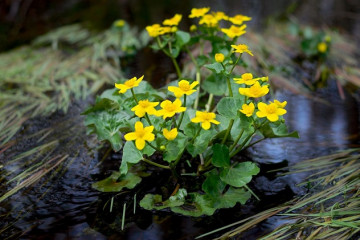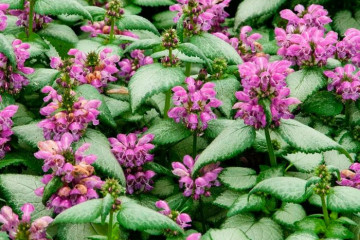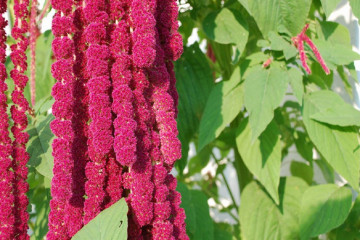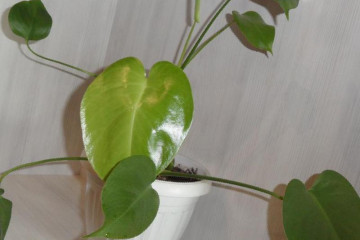Mimosa Hostilis - what kind of plant
Content:
Mimosa Hostilis is a plant of the species Mimosa Tenuiflora. Previously, it belonged to the Mimosa family, but later it was disbanded, now it is part of the Legumes. Outwardly, the shrub is unremarkable, but it became famous for its psychotropic properties, which were used by the shamans of the tribes living in Brazil.
Mimosa Hostilis (Hostilis) aka Mimosa Tenuiflora - what kind of flower is this
Mimosa Hostilis and the flower traditionally given to women on March 8 in Russia are not the same thing. After the disbandment of the Mimosa family, there was some confusion, and all over the world the second plant was attributed to the Acacia family. Therefore, it is not surprising that Hostilis is very different in appearance from the usual mimosas.
A short description of what it looks like
In the wild, the height of a tree can reach 8 meters, but this is rare. Most often, you can find small shrubs with a lignified trunk. Some specimens have spines about 4 mm long at the base.
White fragrant inflorescences are spikelets. Khostilis has fruits in the form of pods, divided into several parts. Inside there are small dark-colored seeds in a hard shell. The pod can be up to 3 cm long. The leaves of the plant are dissected, feathery, about 5 cm long.
Where it grows in the wild
In the wild, Hostilis is more common in Brazil. The largest numbers are observed in the northeastern states, among which:
- Rio Grande do Norte;
- Ceara;
- Bahia;
- Pernambuco;
- Paraiba.
Individual specimens were also found on the coast of Chiapas and Oaxaca, which is the southern part of Mexico, and these are even more northern regions. The optimal growing environment is from the ninth and above the frost resistance zone (geographically defined zones according to the principle of the average annual value of the minimum temperature). Khostilis grows on heights, rare specimens are found at an altitude of about 1 km.
Cultivation
First of all, for the cultivation of a plant, it is required to find out the frost resistance zone: what it means and how to use it. Depending on the zone, you can find out what the minimum temperature can be tolerated by the plant you want to plant. However, this scale does not take into account a number of important features: temperature drops, the height of the snow cover, spring frosts, the amount of precipitation, the topography of the soil, etc.
In Russia, Hostilis was banned from cultivation and consumption. In any case, it could only be grown in botanical gardens and greenhouses, since it would not have taken root in the open field.
- Site and soil selection
Hostilis is a thermophilic plant, and therefore its cultivation is possible only in greenhouse conditions. It is necessary for planting to choose well-lit places, protected from sudden gusts of wind, drafts.
For roots, the best soil option is a nutritious and loose substrate, since it conducts oxygen and water well, and itself is saturated with nutrients.
- Top dressing
Once every couple of months, fertilizer is required to be applied to the soil, since without this there will be no full-fledged growth.
These can be mineral or organic fertilizers that are required during the growing season.
- Watering and humidity
Optimal growing conditions mean maintaining on a constant basis the high level of air humidity to which Hostilis is accustomed to at home. This is required not only during the growing season, but throughout the year.
In summer, watering should be carried out regularly, in winter, its amount should be reduced to a minimum.
- Pruning
Pruning should not be done only during the rainy season, as this can lead to their death. When cultivated in greenhouse conditions, this procedure is possible. Do not cut the branches too much, it is better to let the mimosa grow in an arbitrary way.
Reproduction methods
In the wild, this mimosa is propagated by seed. When the pods begin to open, the wind carries the seeds to a distance of up to 8 meters, they are washed off by rain onto the plains, where they find fertile soil for germination.
Seeds
At home, the sampling of seed should be done if the pods began to open themselves. It is required to collect all the pods from the plant, spread them under the sun and wait for the release of the seeds. Their preparation and growing of mimosa can cause a number of problems, so you should strictly follow the instructions:
- The seeds must undergo scarification as they have a very hard and dense shell. It can be produced both by using sulfuric acid (an unlikely coincidence at home, since the procedure is dangerous to human health if carried out without protective equipment and certain knowledge), and by damaging the shell. This should be done with a disinfected sharp knife using personal protective equipment so as not to injure your hands.
- The prepared material must be immersed in hot water - from 60 degrees Celsius or more (the main thing is that it does not boil) for half an hour.
- Plant in loose soil with a drainage layer at the bottom. You can use a sandy substrate.
- It is recommended to cover the container with seedlings with glass or plastic wrap to create the required conditions. Periodically, it is required to ventilate the plantings, additionally humidifying the air.
- After the first shoots appear, it is required to rearrange the container on the windowsill and remove the shelter. A month-old plant can already be considered an adult. It is required to maintain a moist state of the soil, however, to prevent stagnation of water in it, as this can lead to rotting of the roots.
A three-month-old plant can be transplanted into a larger container, separating it from its fellows. The volume of the pot should be at least 15 liters, since Khostilis grows quickly enough, and its roots are quite voluminous. After a month, you can start feeding.
The plant requires fresh air, so in the summer it can be taken outside, and in the winter it is worth ventilating it often enough, while avoiding drafts.
Cuttings
Reproduction by cuttings is possible if there is an adult plant. In this case, it is required to prepare the material in advance - the branches should be semi-lignified with a length of about 15 cm.
It is recommended to treat them with a rooting accelerator, for example, Kornevin. Then it is worth placing the sticks in a container, slightly deepening one end into the substrate. Cover the container with foil. When the first shoots appear, you need to transplant the young mimosa into an individual pot.
Why is this plant banned in Russia
In 2017, Hostilis was added to the list of plants that contain narcotic or psychotropic substances. The decree was signed by the Prime Minister of the Russian Federation, Dmitry Medvedev.Mimosa was included in this list for a reason - its dried parts were sold in online stores to people suffering from drug addiction.
The seeds of the plant were also sold, and therefore botanists who wanted exotic could grow mimosa at home. The substance was used in the usual way for the "grass" - it was smoked, sniffed, inhaled through the nose, given intramuscular injections, and added to food.
The plant was in demand because it quickly produced the desired effect and had a long period of relaxation. When administered in large doses, it caused a change in consciousness. The substance causes acute problems in the sensory system.
Use as entheogen
Entheogens are a group of plant components containing psychogenic substances that cause a change in consciousness. For the first time, Brazilian shamans began to use the roots and leaves of the plant in order to enter a state of trance to be able to communicate with spirits.
Mimosa Tenuiflora is an outwardly unremarkable plant that has a lot of unusual properties. Its bark can be used as a disinfectant, but it is used to a greater extent by people with drug addiction to achieve altered consciousness.
